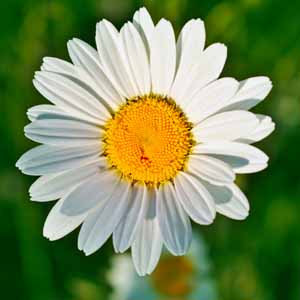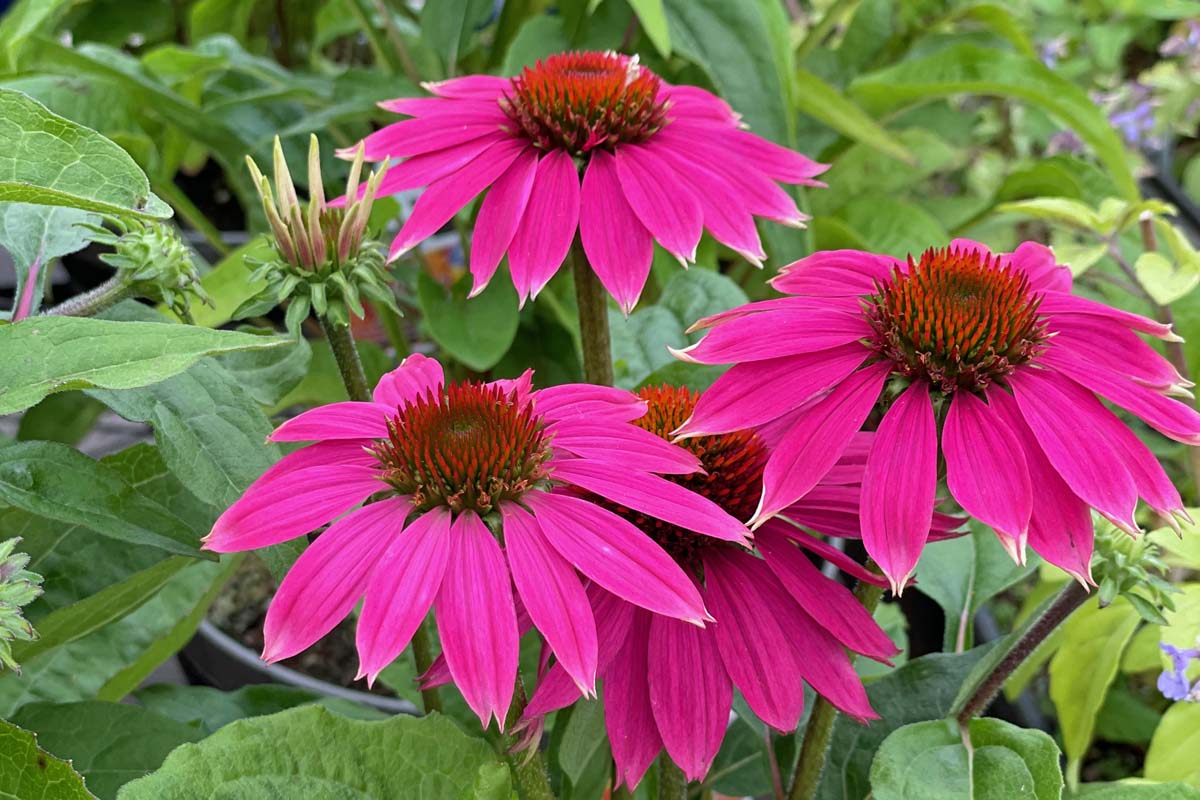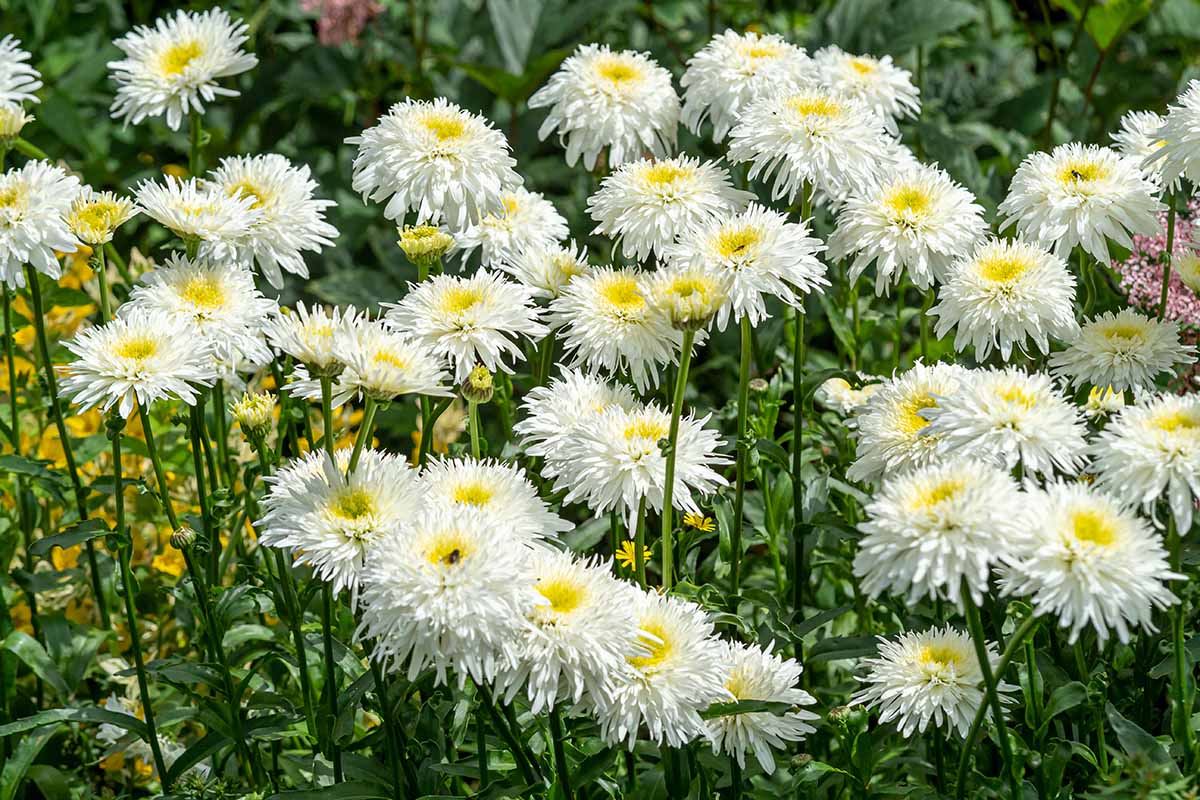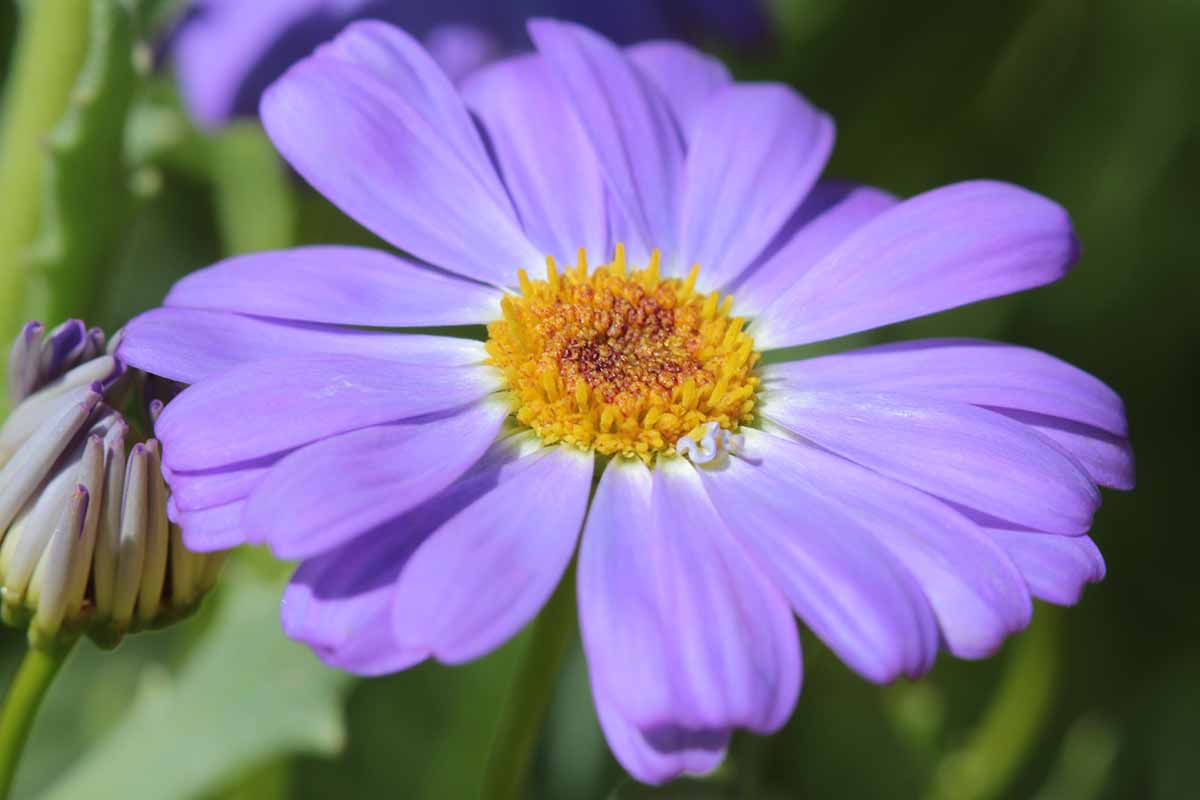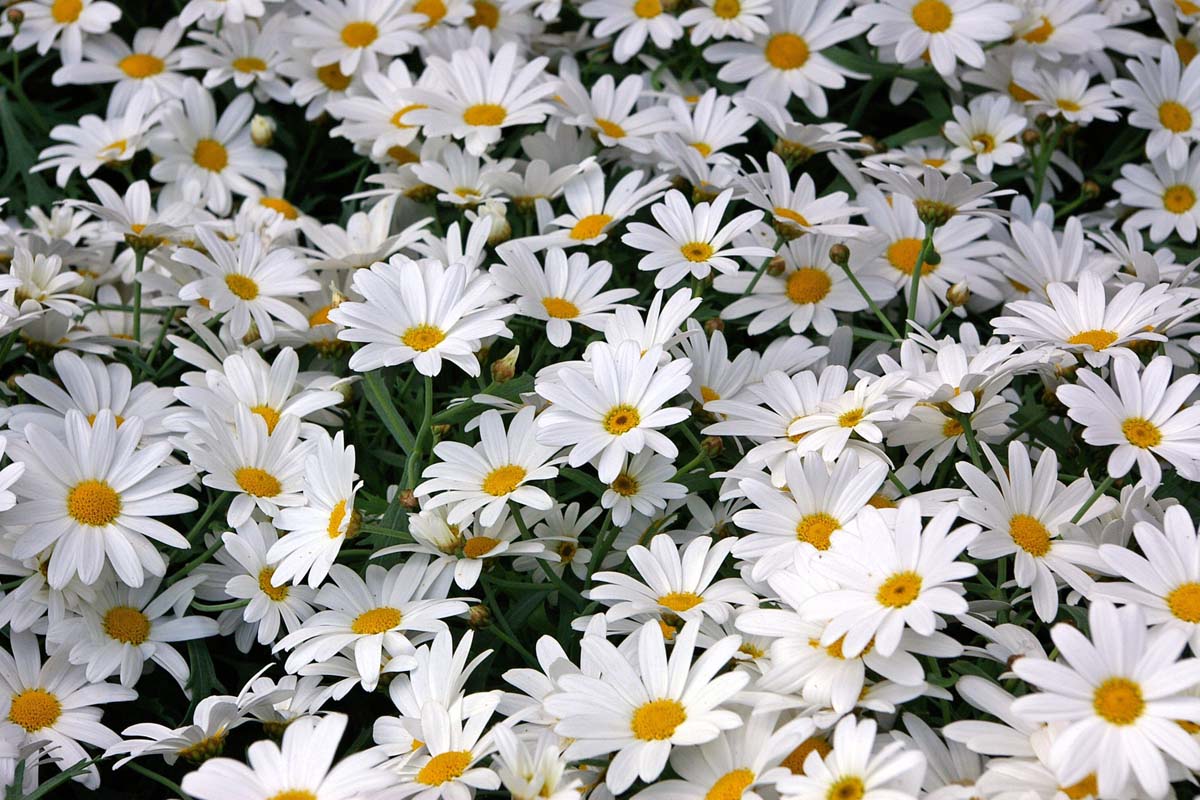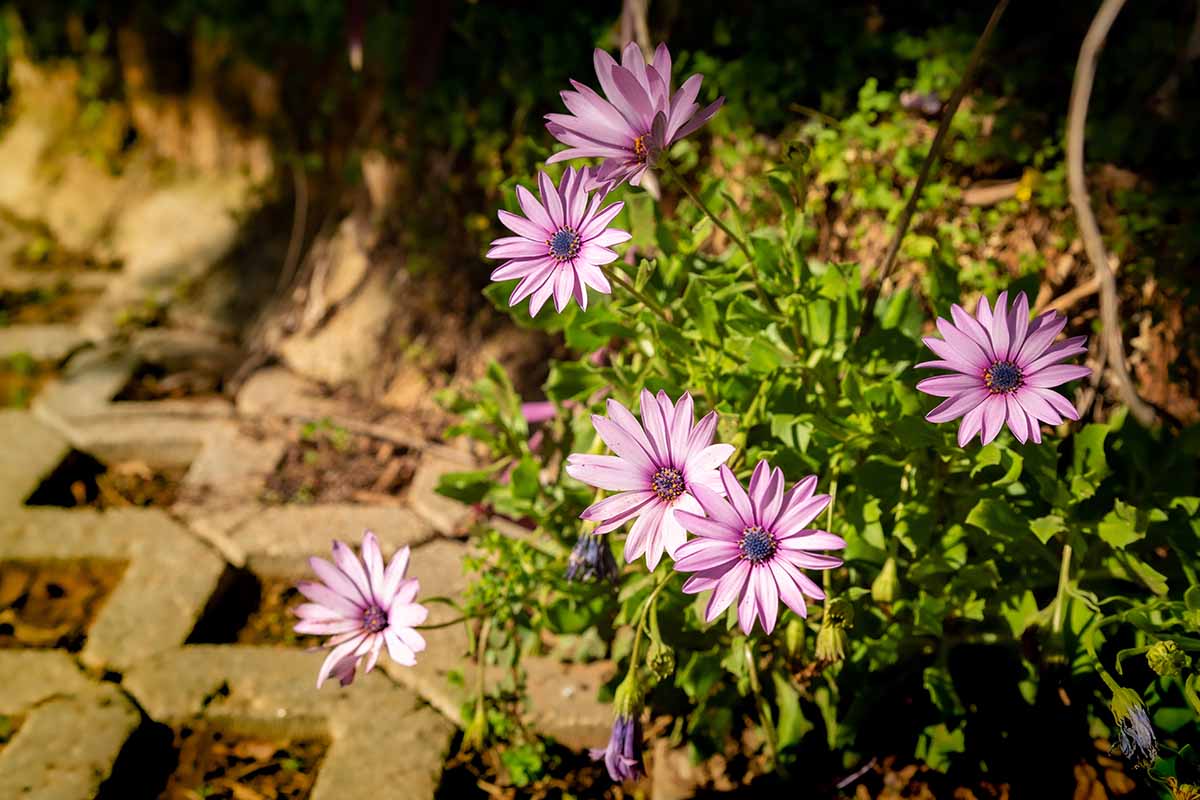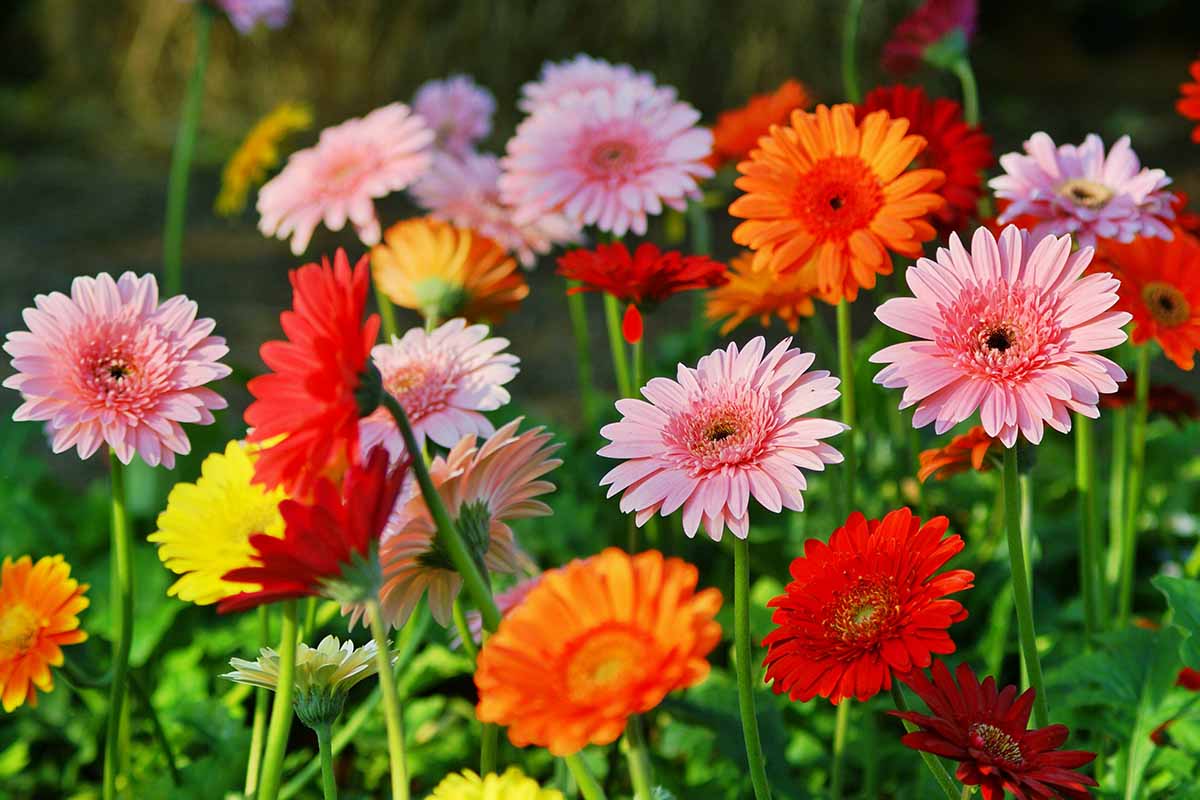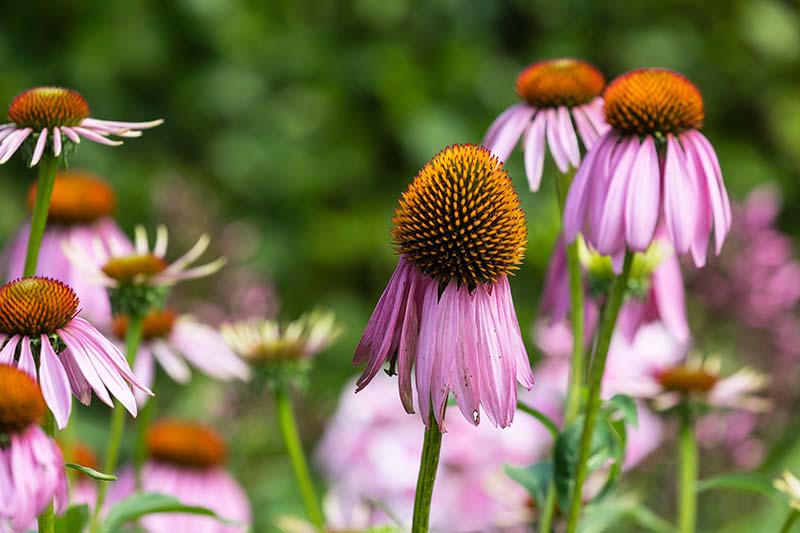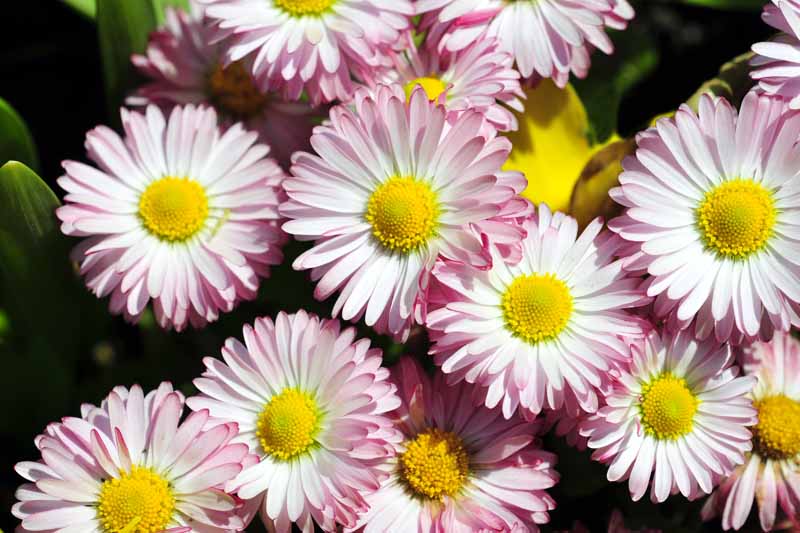17 of the Best Coneflower Varieties
Love echinacea? Go beyond the classic purple coneflower you know and adore and take a look at 17 of our favorite colorful series and cultivars that you can grow. With single or double blooms, available in just about every hue, flower arrangers and beneficial insects alike will go crazy for these perennial beauties.
